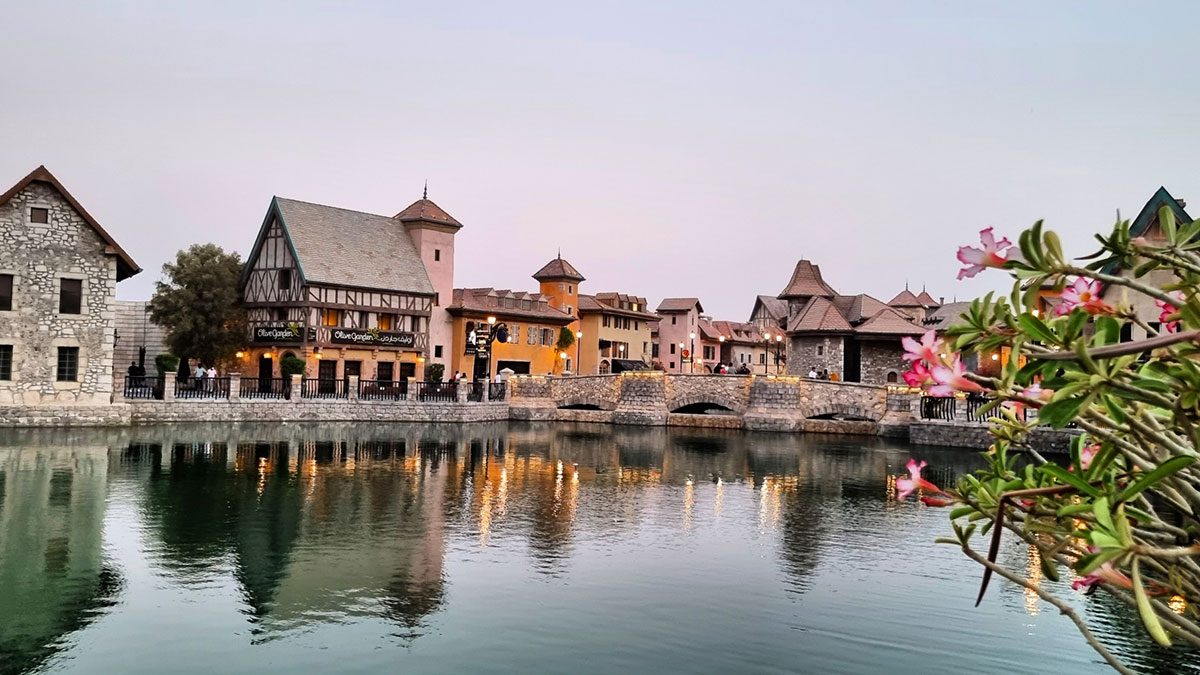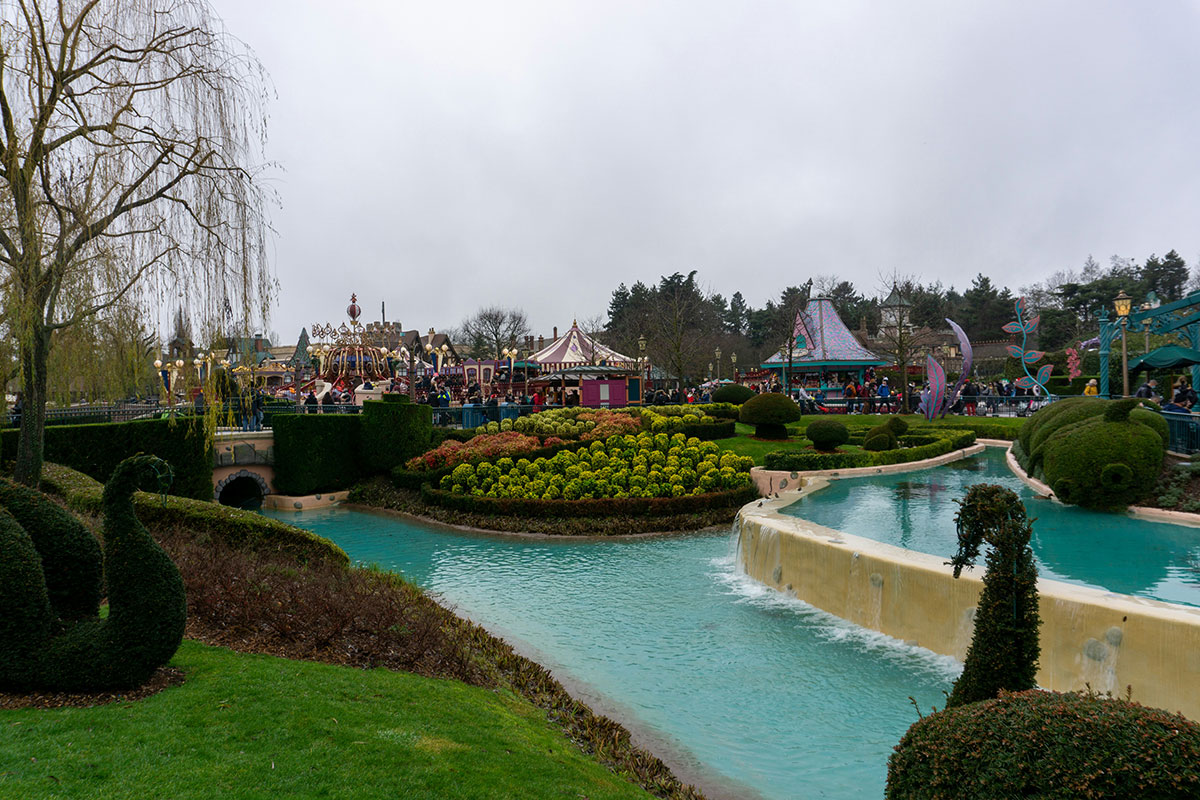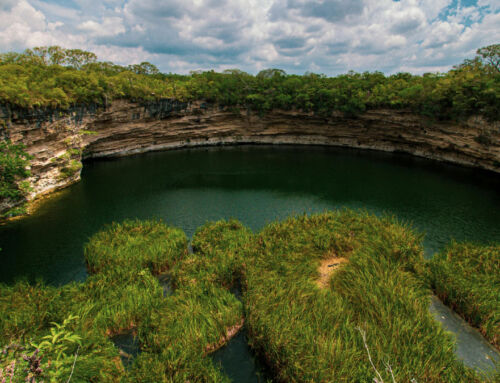Theme park ponds, surprisingly enough, not only have a function in relation to landscaping. They also have essential functions for the proper operation and sustainability of the theme park infrastructure.
With regard to water management, they act fundamentally as natural reservoirs to store rainwater. In this way, they help to prevent flooding during intense storms and therefore protect the theme park’s infrastructures. In addition, these ponds allow the reuse of stored water for irrigation and other operational needs.
In emergency situations, such as a fire, the ponds function as accessible reservoirs for firefighting teams. In this way, they facilitate a quick and efficient response to the incident and therefore ensure the safety of visitors and the theme park.
Lagoons are also part of a closed loop when it comes to water attractions such as fountains or artificial rivers. In some cases, their design responds specifically to the availability of attractions such as boat rides or floating structures.
Another key function is the regulation of the theme park’s microclimate. Water helps to maintain appropriate temperatures and humidity levels. This not only serves to enhance the visitor experience, but also protects and prolongs the life of some infrastructure against the adverse effects of the climate.
In regions with hot climates, lagoons are vital components of air conditioning systems. Water, thanks to its ability to efficiently dissipate heat, is used in cooling towers to maintain comfortable temperatures in buildings and attractions.
In short, lagoons are much more than decorative elements. They fulfil functions that ensure the smooth running, safety and sustainability of the theme park.
By Francisco Lozano, MEP engineer in Amusement Logic’s Architectural Dept.
Cover image: Ahmad3027 | CC BY-SA 4.0








